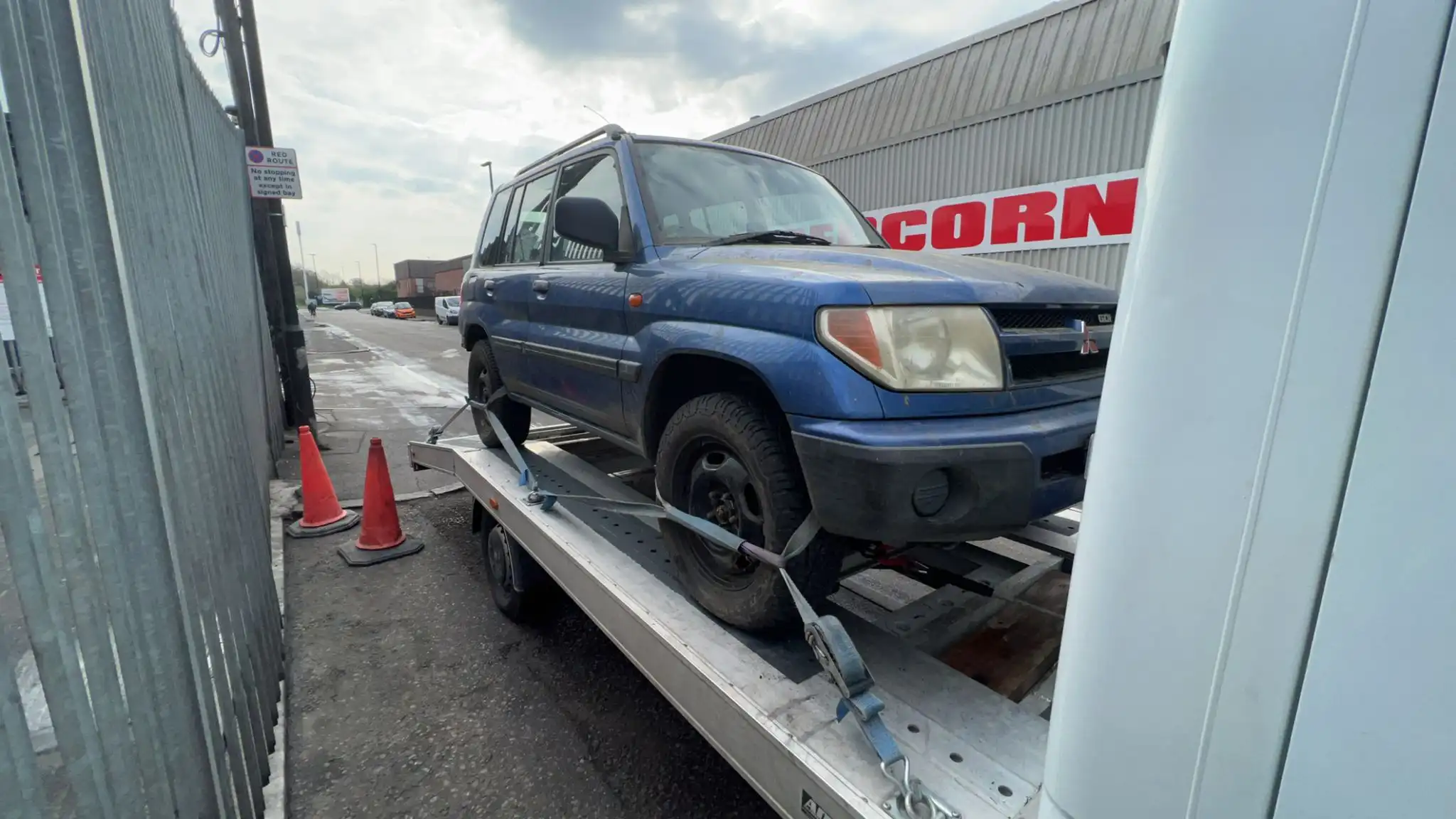
Safety In Vehicle Recovery
Vehicle recovery is a crucial process that involves retrieving a stranded or immobilized vehicle from a difficult or unsafe location. Whether it's due to a breakdown, an accident, or unfavorable weather conditions, proper safety measures should be implemented during the recovery operation to protect both the recovery team and the vehicle owners. This article aims to highlight essential tips and guidelines for ensuring safety in vehicle recovery operations.
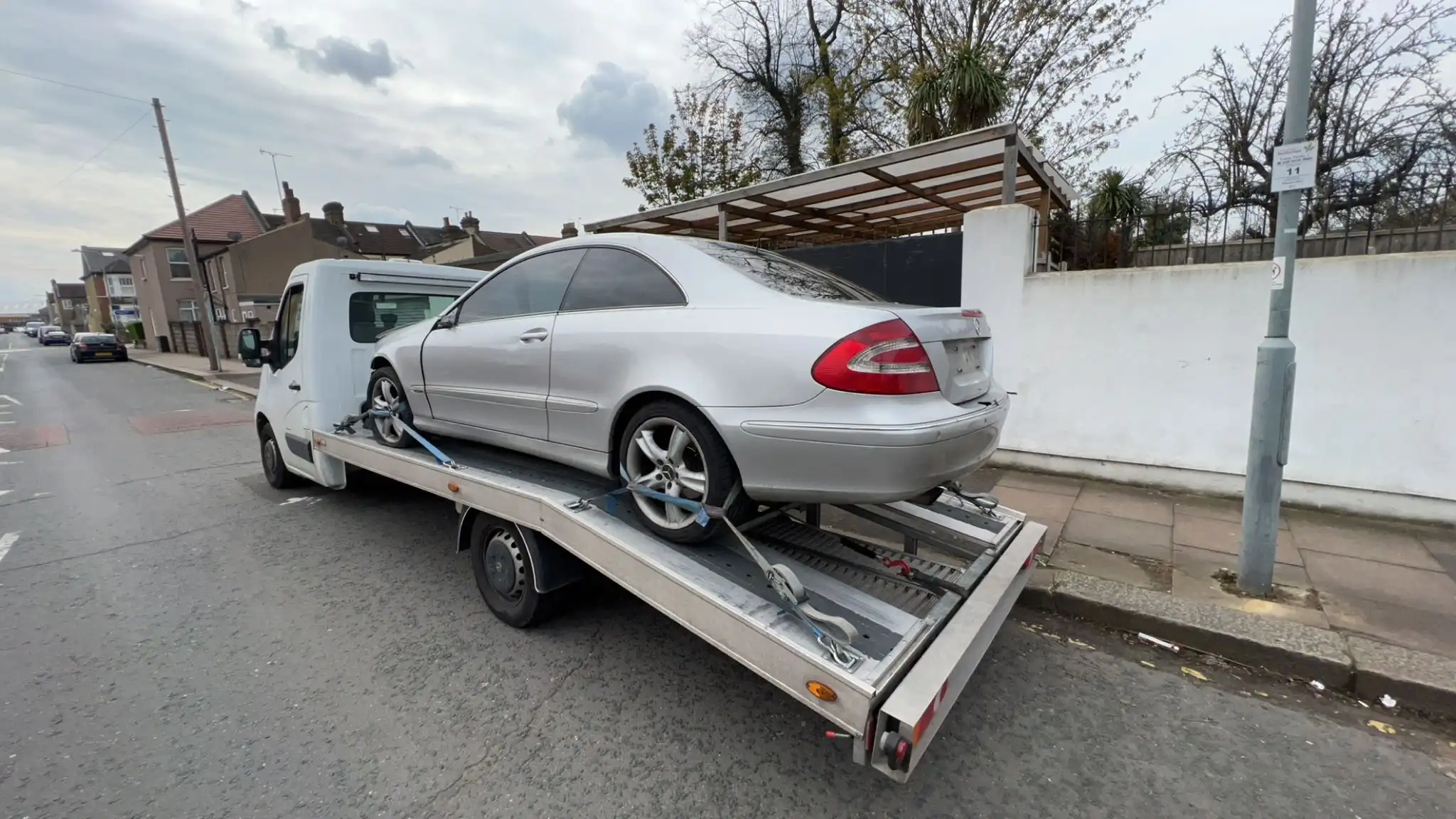
Vehicle Recovery Working Hours
Vehicle recovery services typically operate on a 24/7 basis to provide assistance to drivers in need at any time. Breakdowns and accidents can happen at any hour, and having round-the-clock recovery services ensures that help is available whenever required.
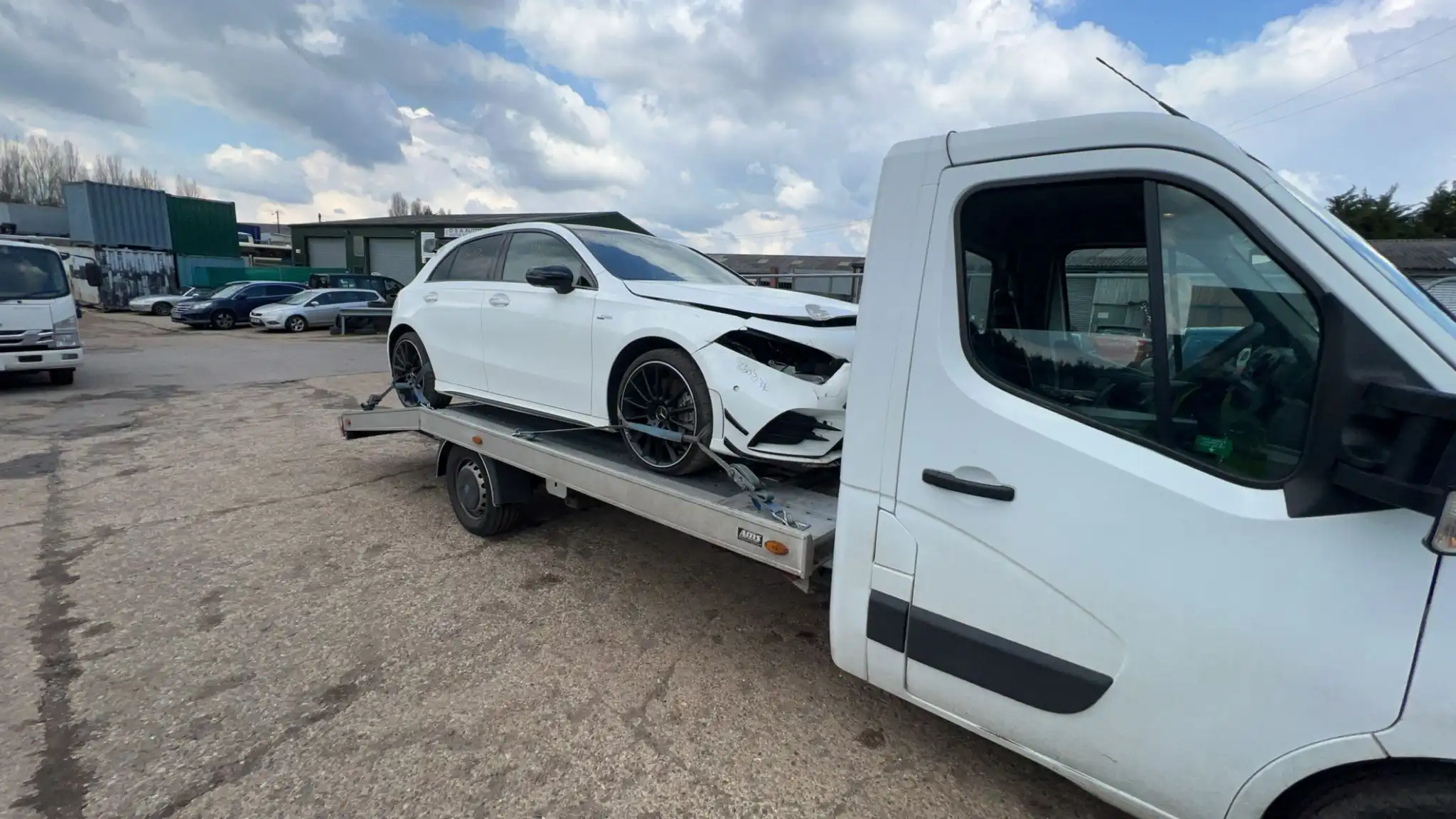
Speed In Vehicle Recovery
When it comes to vehicle recovery operations, striking a balance between speed and safety is crucial. While efficiency is important to minimize inconvenience and restore normalcy promptly, safety should never be compromised. This article explores the significance of speed in vehicle recovery and provides guidelines to ensure a swift and safe recovery process.
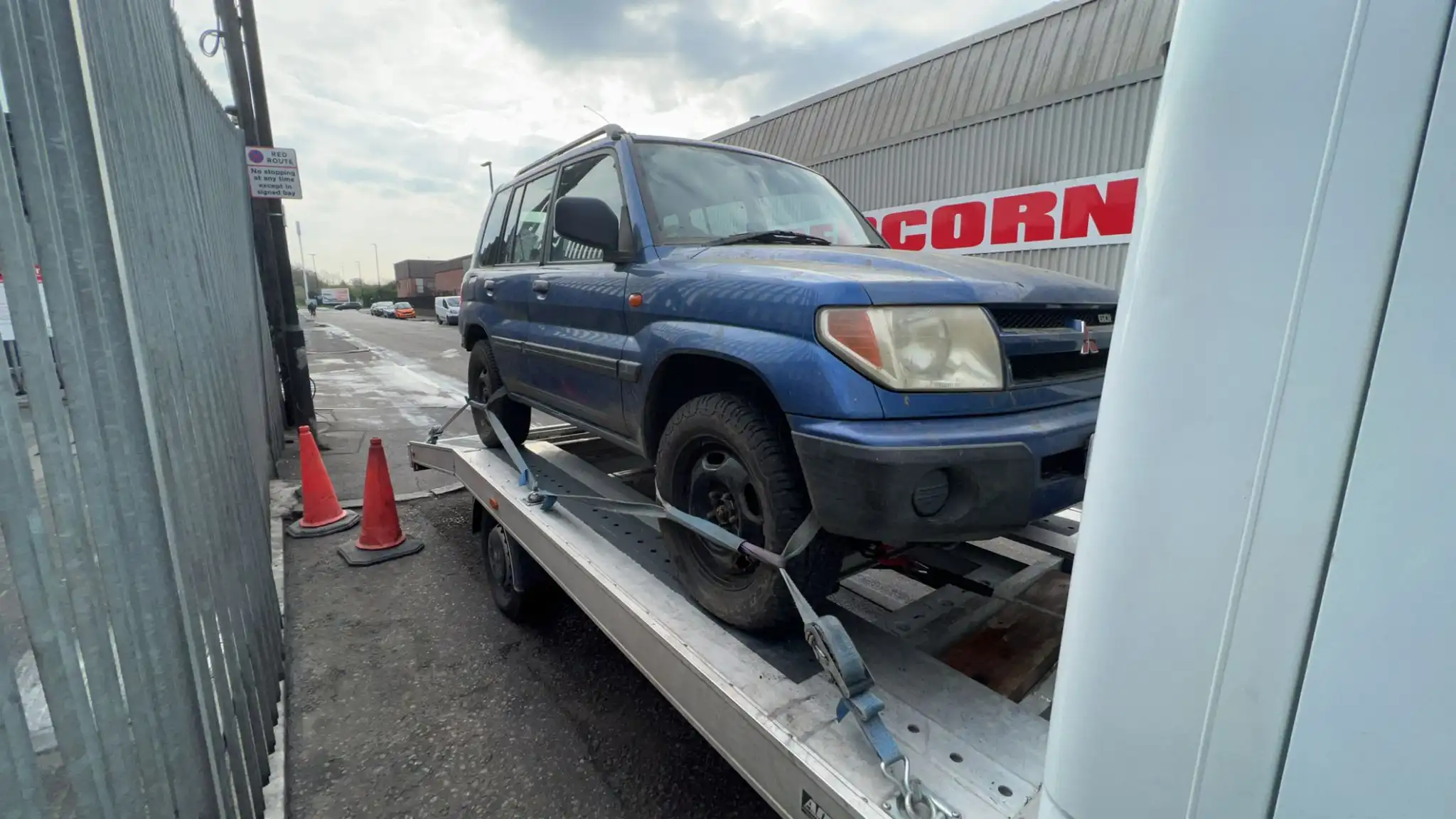
Safety In Vehicle Recovery
Vehicle recovery is a crucial process that involves retrieving a stranded or immobilized vehicle from a difficult or unsafe location. Whether it's due to a breakdown, an accident, or unfavorable weather conditions, proper safety measures should be implemented during the recovery operation to protect both the recovery team and the vehicle owners. This article aims to highlight essential tips and guidelines for ensuring safety in vehicle recovery operations.
Assess the Situation:
Before initiating any recovery operation, it is essential to thoroughly assess the situation. Consider factors such as the type of terrain, traffic conditions, weather conditions, and the severity of the vehicle's condition. This evaluation will help determine the appropriate equipment, techniques, and safety precautions needed for a successful and safe recovery.
Prioritize Personal Safety:
Personal safety should always be the top priority during vehicle recovery. Recovery personnel must wear appropriate personal protective equipment (PPE) such as high-visibility clothing, safety helmets, gloves, and safety footwear. Reflective vests should be worn to enhance visibility, especially during nighttime recoveries. In hazardous locations, consider implementing additional safety measures such as safety harnesses, fall protection systems, or barriers.
Communicate and Establish Clear Signals:
Effective communication is crucial between the recovery team members and the vehicle operator or owner. Establish clear hand signals or use two-way radios or walkie-talkies to ensure smooth communication throughout the recovery process. Standardized signals can help avoid misunderstandings and prevent accidents during critical maneuvers.
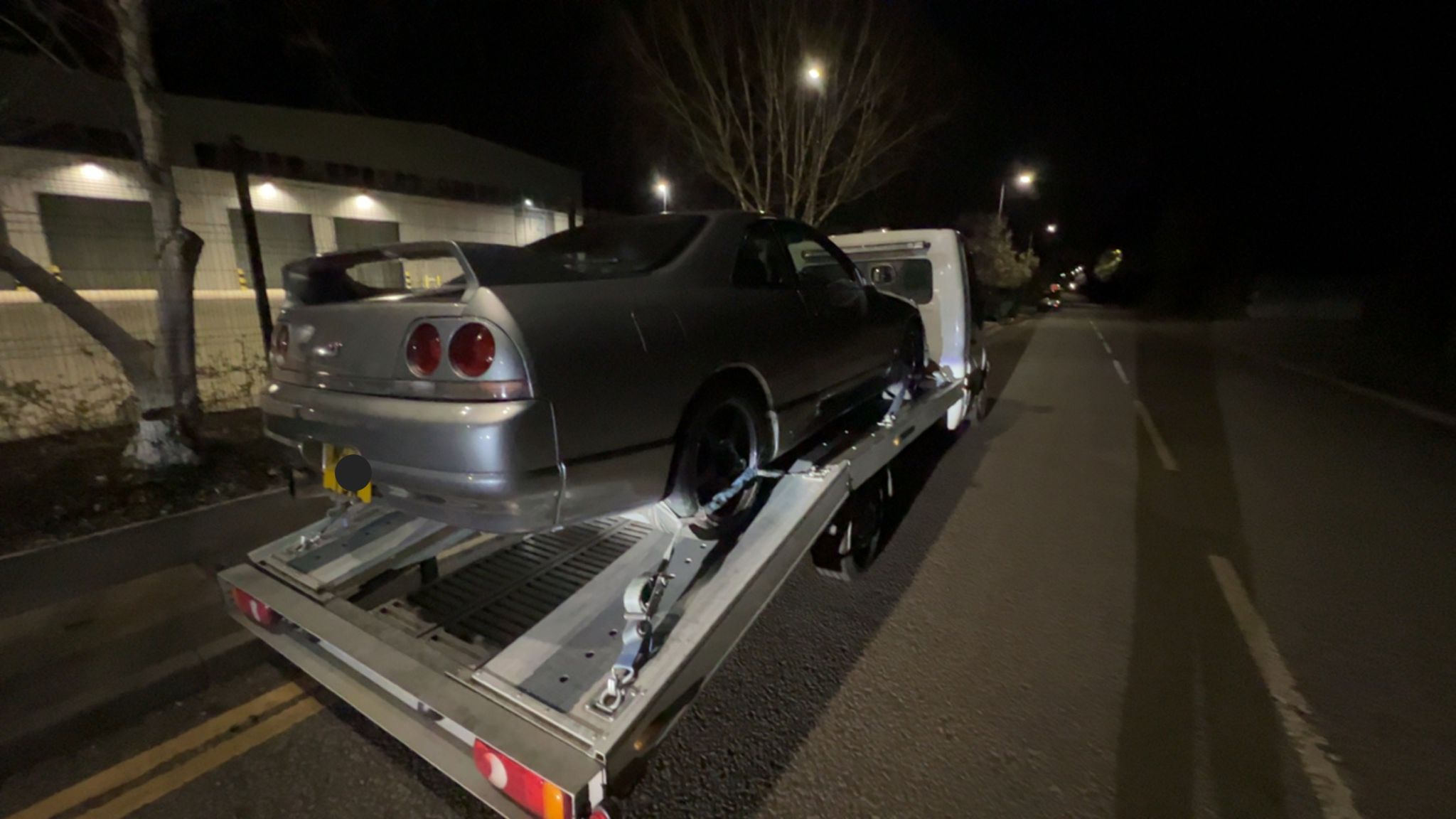
Secure the Recovery Area
It is vital to secure the recovery area to minimize the risk of accidents. Set up cones, warning signs, or barriers to create a safe working zone around the recovery site. This prevents unauthorized access and helps divert traffic, reducing the chances of collisions or other mishaps. Use Appropriate Recovery Equipment: Selecting the right recovery equipment is essential for both successful and safe vehicle recovery operations. Ensure that recovery vehicles and equipment, such as winches, straps, shackles, or towbars, are properly maintained, regularly inspected, and meet safety standards. Understanding the capabilities and limitations of each piece of equipment is crucial to avoiding accidents and preventing further damage to the stranded vehicle. Follow Correct Recovery Techniques: Applying proper recovery techniques is key to minimizing risks and avoiding vehicle or property damage. Familiarize yourself with various recovery methods, such as winching, towing, or using recovery tracks, and understand the specific requirements and safety precautions associated with each technique. Be cautious of potential hazards, such as sudden vehicle movement, unstable ground, or the release of stored energy, and take appropriate measures to mitigate these risks. Adhere to Traffic Laws and Regulations: During vehicle recovery operations, it is essential to adhere to all applicable traffic laws and regulations. Park recovery vehicles in safe locations, away from traffic flow, and ensure proper lighting and visibility. If required, obtain necessary permits or permissions from local authorities to perform recoveries in restricted areas or during specific hours. Continuous Training and Education: Regular training and education are essential for all personnel involved in vehicle recovery operations. Stay updated on industry best practices, new equipment, and safety regulations. Attend workshops, seminars, or training sessions to enhance skills and knowledge related to vehicle recovery techniques and safety protocols.
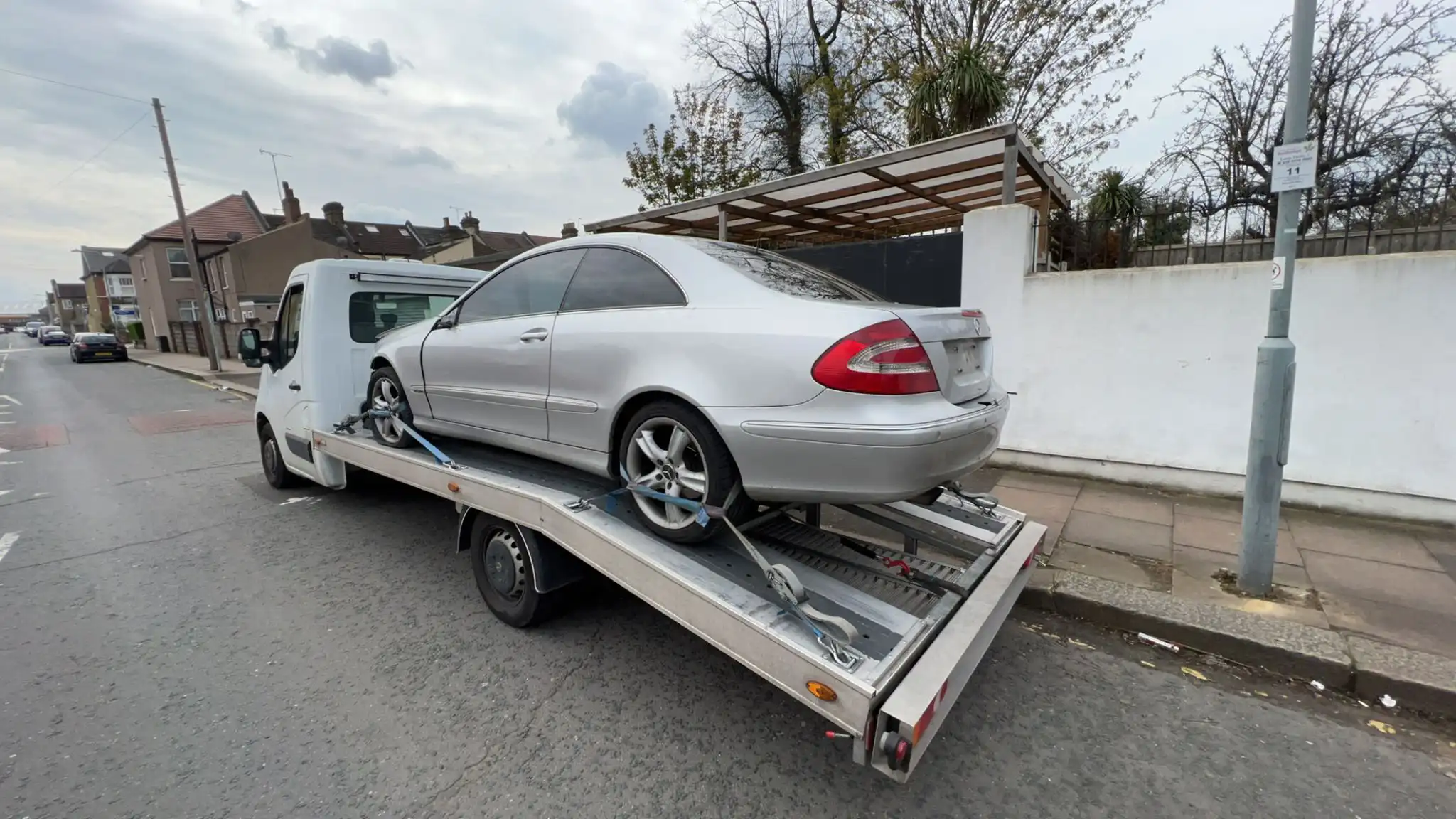
Vehicle Recovery Working Hours
Vehicle recovery services typically operate on a 24/7 basis to provide assistance to drivers in need at any time. Breakdowns and accidents can happen at any hour, and having round-the-clock recovery services ensures that help is available whenever required.
Working hours for vehicle recovery services are not typically limited to specific time frames. The nature of the industry demands flexibility and availability during evenings, weekends, holidays, and even overnight hours. This allows for prompt response and assistance to drivers who experience issues with their vehicles.
The non-stop operation of vehicle recovery services is particularly important on busy highways, where accidents or breakdowns can cause traffic disruptions and pose safety risks to other road users. By providing continuous service, recovery operators can efficiently clear the scene, tow vehicles to safety, and assist stranded motorists in a timely manner.
It's worth noting that while recovery services are available 24/7, the response time may vary depending on factors such as location, traffic conditions, and the volume of service requests. In remote areas or during peak hours, it may take longer for a recovery team to reach the scene due to increased demand or limited resources.
In some cases, there might be specific regulations or restrictions related to noise, traffic flow, or road closures that could affect the availability of certain recovery services during particular hours in specific locations. However, even in such cases, alternative arrangements are typically made to ensure that essential recovery services are still accessible to drivers.
To ensure prompt assistance during emergencies or breakdowns, it is recommended to have contact information for local recovery services readily available. This includes the phone number of a trusted recovery company or a roadside assistance program associated with an automobile club or insurance provider.
In summary, vehicle recovery services are typically available 24/7 to provide assistance to drivers in need. The industry operates round the clock to ensure prompt response and help stranded motorists, regardless of the time or day of the week.
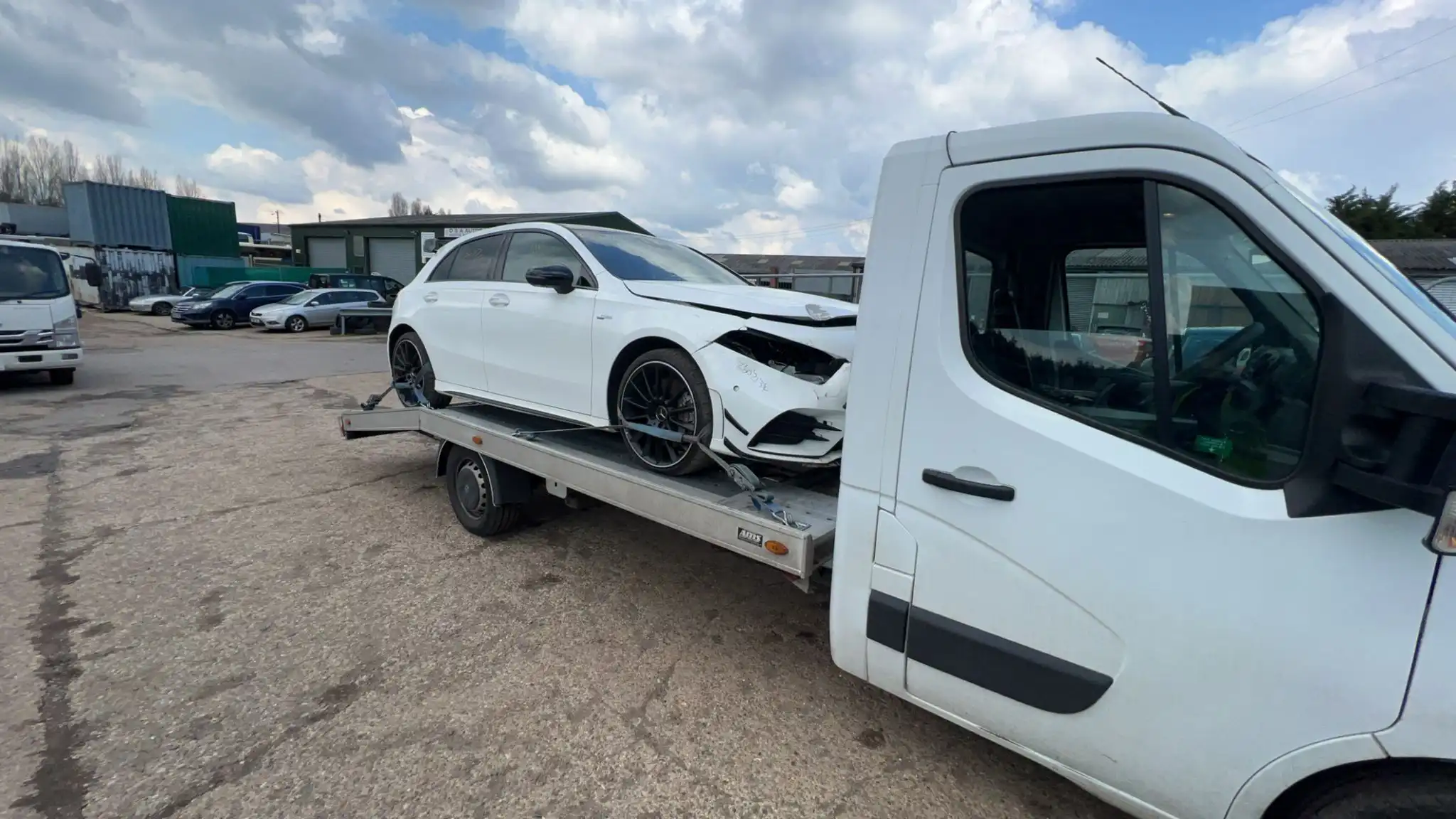
Speed In Vehicle Recovery
When it comes to vehicle recovery operations, striking a balance between speed and safety is crucial. While efficiency is important to minimize inconvenience and restore normalcy promptly, safety should never be compromised. This article explores the significance of speed in vehicle recovery and provides guidelines to ensure a swift and safe recovery process.
Swift Assessment and Planning:
To expedite the vehicle recovery process, it is essential to conduct a quick but thorough assessment of the situation. Determine the type of breakdown, assess the condition of the vehicle, and evaluate any potential hazards or challenges. Efficient planning, based on this assessment, will enable the recovery team to choose the most suitable equipment, techniques, and personnel for a speedy recovery.
Immediate Communication:
Effective communication plays a vital role in expediting the recovery process. As soon as a breakdown or incident occurs, prompt communication with the recovery team and the vehicle owner is essential. Utilize advanced communication tools such as mobile phones, two-way radios, or specialized recovery management systems to relay information quickly and accurately.
Rapid Deployment:
Having a well-organized recovery team that is readily available and equipped to handle various scenarios can significantly reduce response times. Maintain a fleet of properly maintained recovery vehicles, ensuring they are always fueled and equipped with the necessary recovery equipment. Establishing strategic partnerships or contracts with towing and transportation companies can also facilitate rapid deployment when needed.
Efficient Equipment and Techniques:
Invest in modern recovery equipment and techniques that enhance speed and efficiency without compromising safety. For example, hydraulic or electric winches with higher pulling capacities can expedite the recovery process, while recovery straps or snatch blocks can increase the effectiveness of winching operations. Familiarize the recovery team with advanced techniques such as multi-point winching or vehicle-loading trailers to further streamline the process.
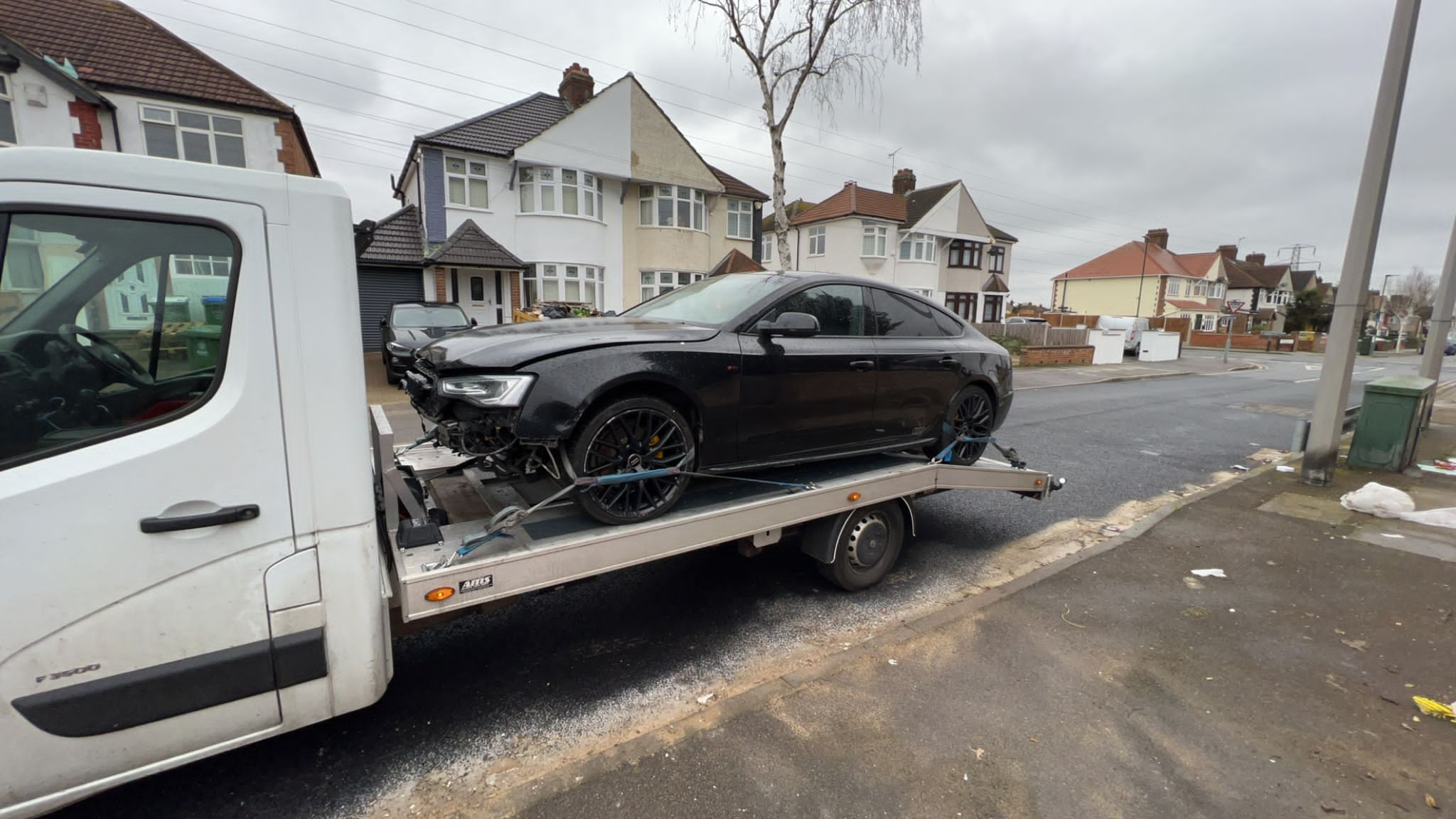
Expertise
Expertise and Training:
Ensure that the recovery team possesses the necessary skills and expertise to handle diverse recovery situations efficiently. Regular training sessions, workshops, and simulations can help improve response times and decision-making during high-pressure recovery operations. Encourage ongoing professional development to stay updated on industry advancements and best practices.
Streamlined Processes:
Implementing streamlined processes and standardized protocols can enhance the speed and efficiency of vehicle recovery. Establish clear guidelines for assessing recovery scenarios, deploying resources, and coordinating efforts between the recovery team, traffic authorities, and insurance providers. Documenting best practices and lessons learned from previous recoveries can serve as a reference for future operations.
Safety as a Priority:
While speed is essential, safety must never be compromised during the recovery process. Ensure that all recovery personnel adhere to strict safety protocols, including the use of personal protective equipment (PPE), following traffic laws and regulations, and prioritizing the well-being of everyone involved. Regularly inspect and maintain recovery equipment to minimize the risk of malfunctions or accidents.
Collaboration and Information Sharing:
Collaborate with other industry stakeholders, such as towing companies, roadside assistance services, or local authorities, to streamline the recovery process further. Share relevant information, such as road conditions, accident reports, or recovery techniques, to facilitate efficient and coordinated efforts.
